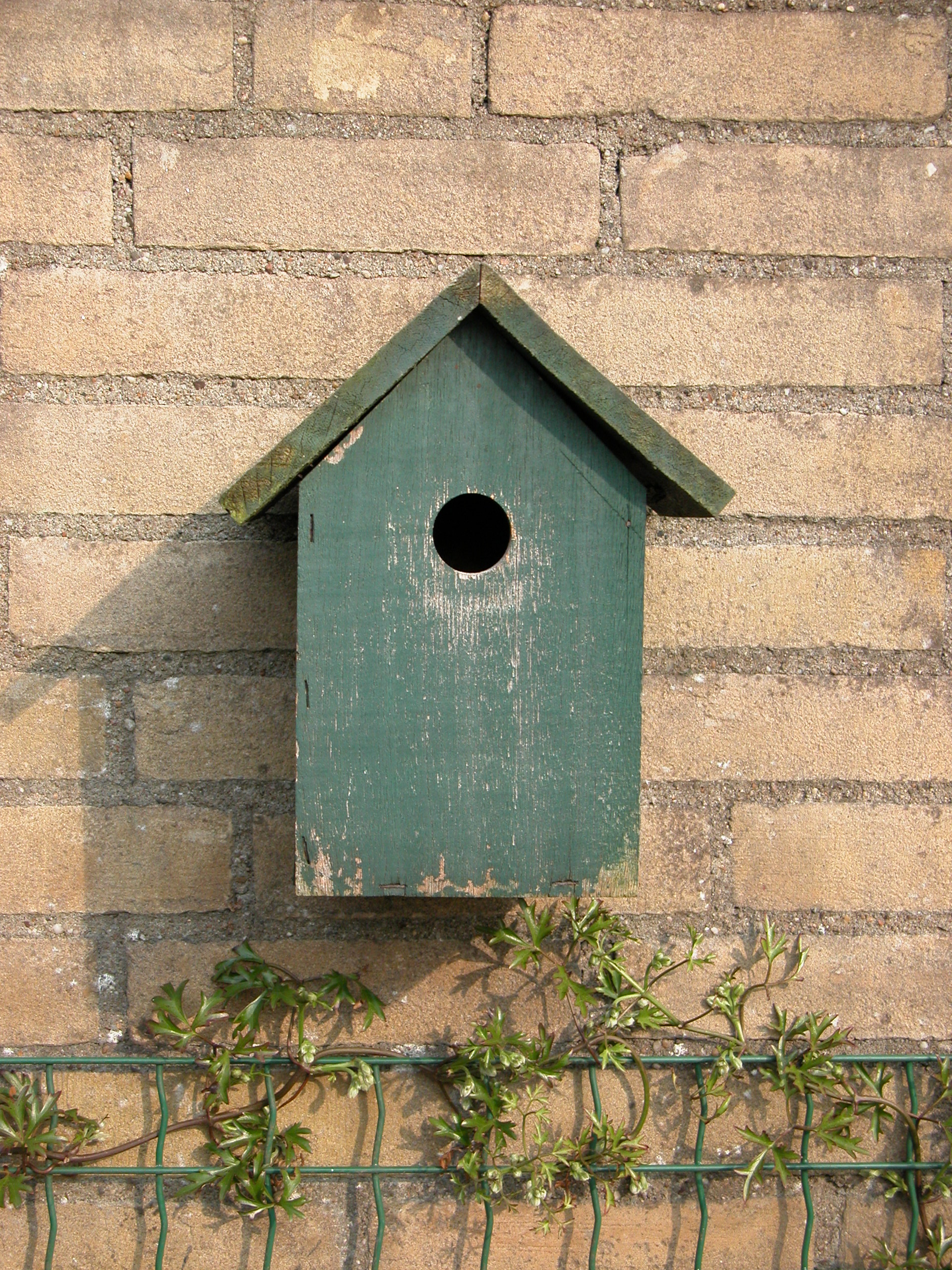
2
enero7. Enjoying Tag. Whereas Bringing Projectors
 Shared vision. Projecting a picture on a clean white wall is one thing, Raskar says, but when persons are utilizing projectors on a regular basis, "it is perhaps on a nonplanar floor; it is likely to be on a curved floor; it is perhaps on a floor that’s half crimson and part white, and also you want to compensate for all these issues." What’s extra, people would possibly need to combine the facility of their small individual projectors to make bigger, brighter photographs. As he talks, van Baar powers up a pc attached to 4 projectors, all aimed toward a curved screen a meter and a half throughout. Say, as an illustration, that four associates want to use their projector-outfitted cell units to watch a baseball recreation, Raskar says. They’d merely aim them roughly at whatever surface is useful, he says, "just click on one button, and they all begin talking to one another and determine their geometric configuration, and you see a pleasant huge show." To illustrate, van Baar turns on the projectors one by one.
Shared vision. Projecting a picture on a clean white wall is one thing, Raskar says, but when persons are utilizing projectors on a regular basis, "it is perhaps on a nonplanar floor; it is likely to be on a curved floor; it is perhaps on a floor that’s half crimson and part white, and also you want to compensate for all these issues." What’s extra, people would possibly need to combine the facility of their small individual projectors to make bigger, brighter photographs. As he talks, van Baar powers up a pc attached to 4 projectors, all aimed toward a curved screen a meter and a half throughout. Say, as an illustration, that four associates want to use their projector-outfitted cell units to watch a baseball recreation, Raskar says. They’d merely aim them roughly at whatever surface is useful, he says, "just click on one button, and they all begin talking to one another and determine their geometric configuration, and you see a pleasant huge show." To illustrate, van Baar turns on the projectors one by one.
Every field is outfitted with a souped-up RFID tag connected through wires to a tiny photosensor that pokes by way of the front. 8-9. Super scanner. The photosensor, Raskar says, allows a consumer - a stock supervisor, say - to scan all the boxes directly and get an on the spot visible depiction of data associated with their RFID tags. With a standard RFID reader, finding out, say, which of a group of products have expired is difficult. That’s as a result of the reader isn’t ready to give particular location data; you can get the IDs off all the tags in a one- to two-meter radius, Raskar says, however if you wish to know one thing about a particular one, "you don’t know where exactly it's." Raskar’s scanner - an RFID reader geared up with a projector mini portable best quality - begins by projecting a sequence of vertical and horizontal traces of assorted thicknesses onto the shelf. By deciphering the pattern of illumination and darkness registered by its photosensor, every tag can determine its exact location.


It then radios that data again to the reader. 10. At a glance. As soon as it is aware of the place all the tags are, the reader seems to be up product data in the web database, then initiatives the related knowledge proper onto the boxes. In this case, Raskar says, a stock manager could see at a glance which merchandise had expired and which had been nonetheless okay. Or a consumer would possibly use the system to seek out just what he needed in a supermarket aisle. "Say I’m allergic to nuts, and I need low calorie, and I need one thing with fruits," Raskar says. "It would take me eternally to go looking by way of the whole cereal aisle, however I can simply intention my projector at this rack." Of course, he admits, it'd take time earlier than broad retail industries are prepared to speculate the additional penny per tag that it prices to add photosensors to regular RFID tags. "More-critical applications would use them first," he says. One instance: hospitals hoping to keep away from the that happen when busy staffers seize the improper bottles out of cabinets. A itarsam projector-based system, Raskar says, might instantly gentle up just the correct bottle.
As they beam out a take a look at pattern, hooked up cameras and subtle algorithms allow the computer to figure out which projector - weblink - is aimed the place and which piece of the image it should mission; the pc also corrects for the curvature and colour of the floor so that the picture doesn’t look distorted. 4-6. Nice compensation. The last step is to compensate for the truth that the projectors’ images overlap, making some areas brighter and some dimmer. 7. Playing tag. While bringing projectors, cameras, and wireless communication instruments together might allow a bunch of shopper functions past sport enjoying and video watching, Raskar says, even more fascinating functions turn into doable when you throw in one more know-how: radio frequency identification. RFID is now being adopted in various industries; in retail it’s used to trace merchandise from manufacturers to stockrooms to store shelves. Raskar leads the approach to a close by conference room, the place a metal bookcase has been stacked with packing containers to mimic a storeroom.
Reviews